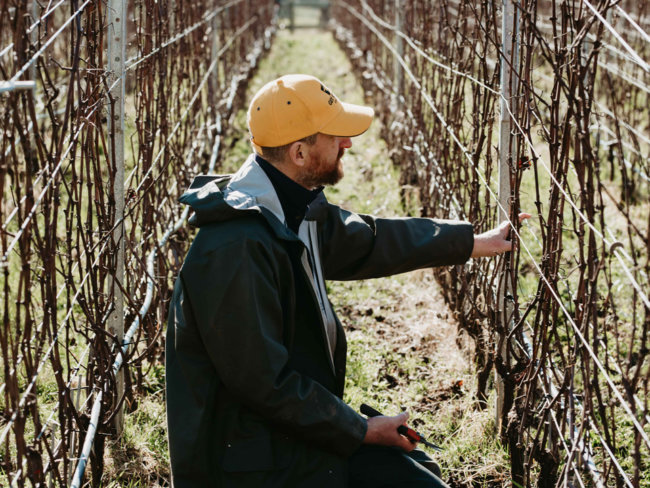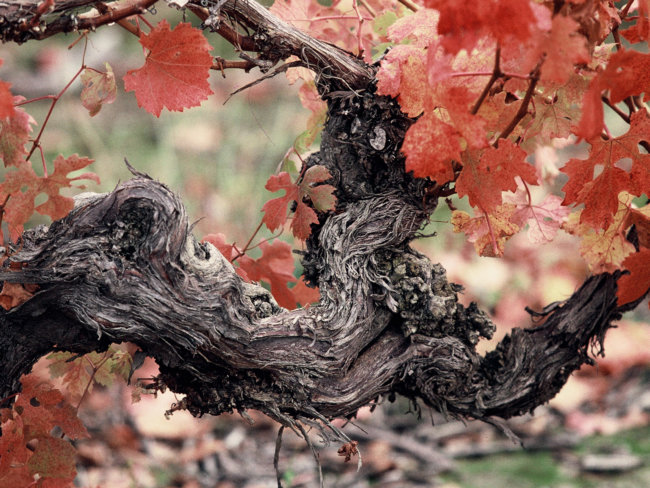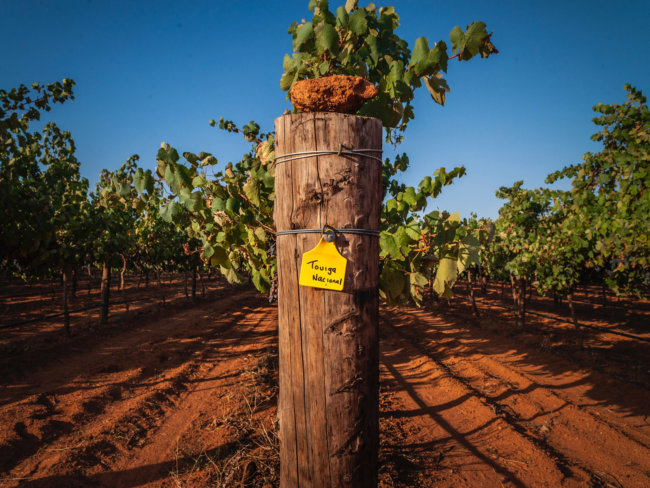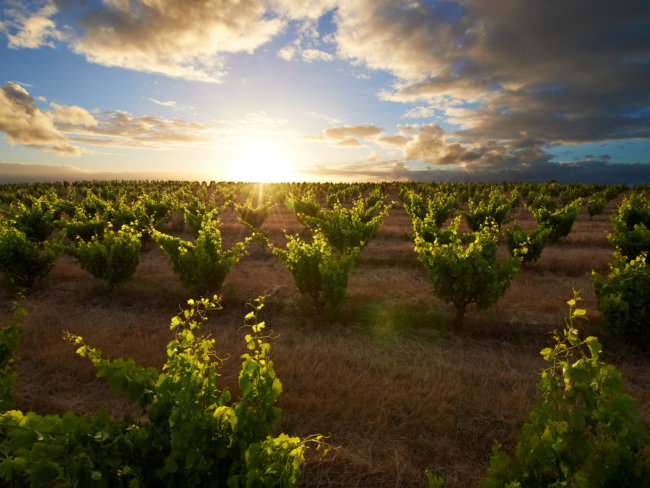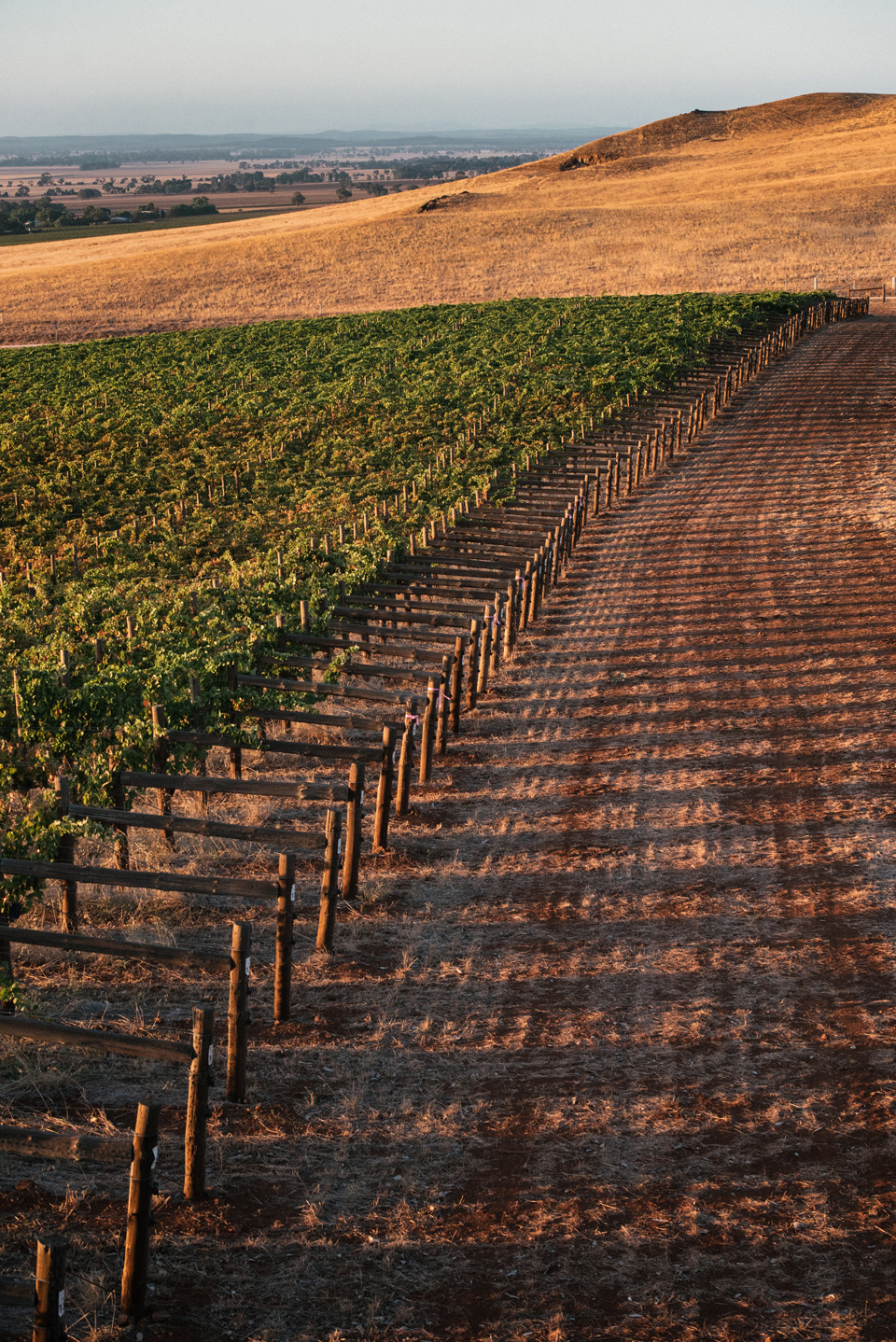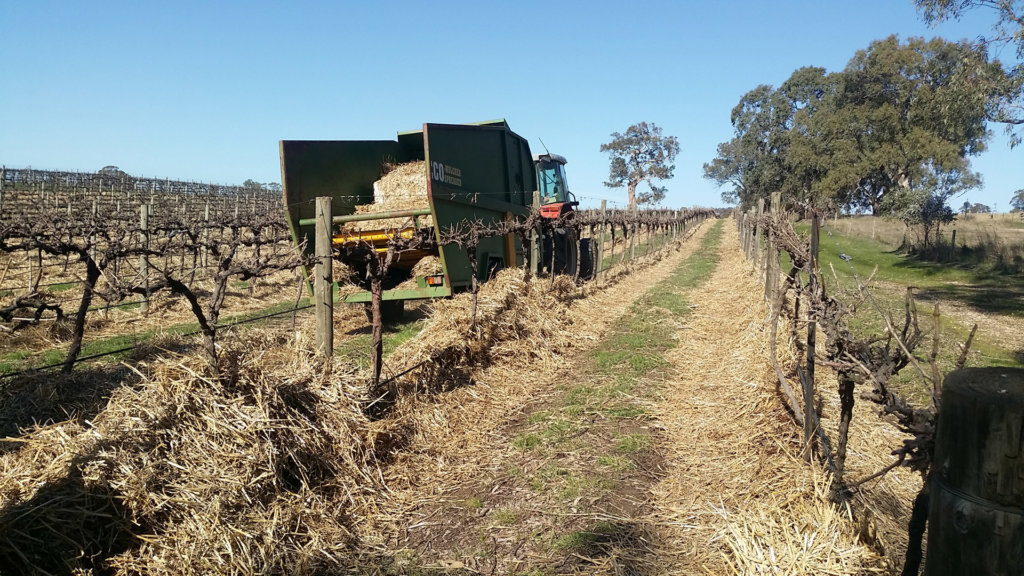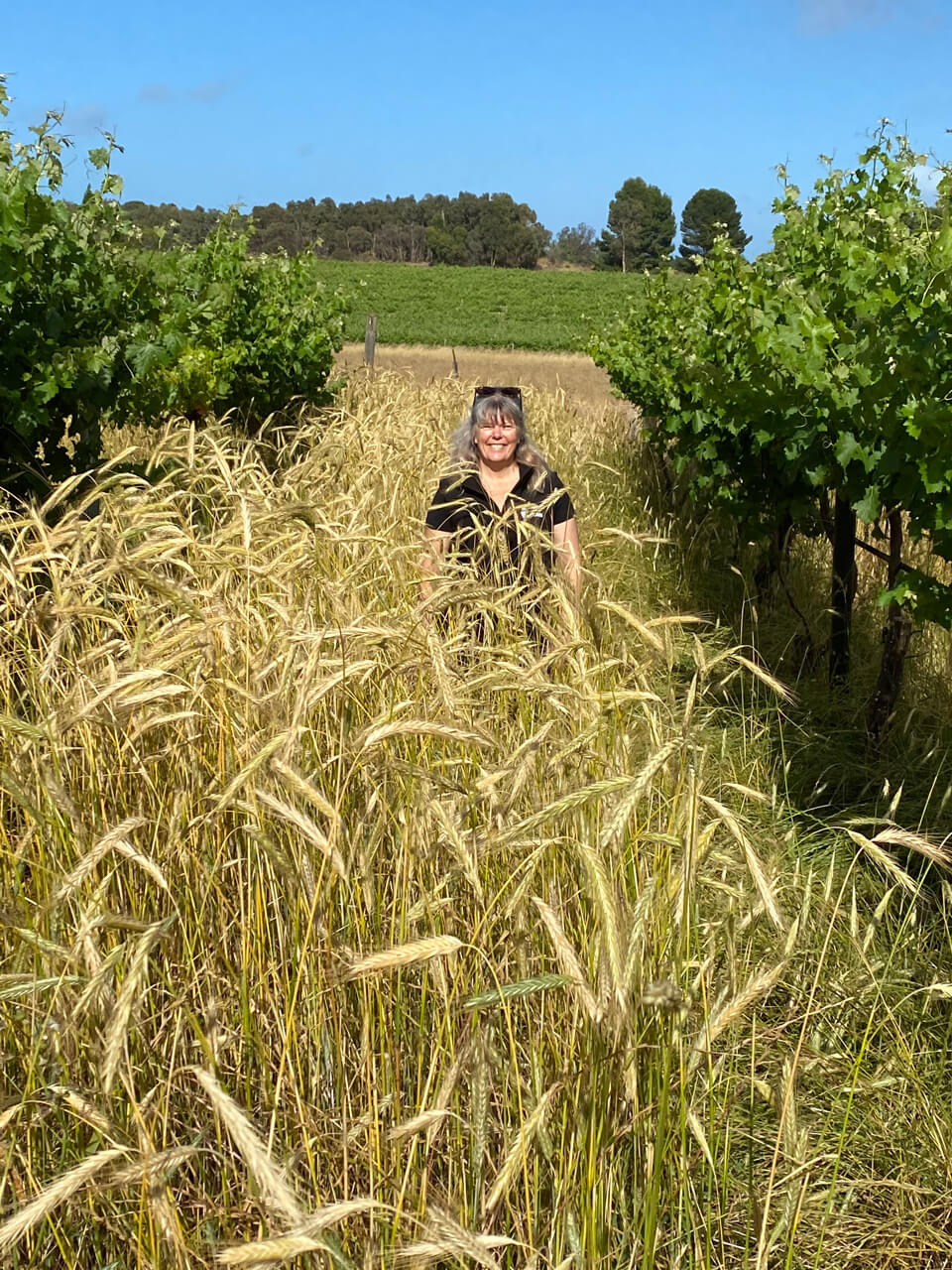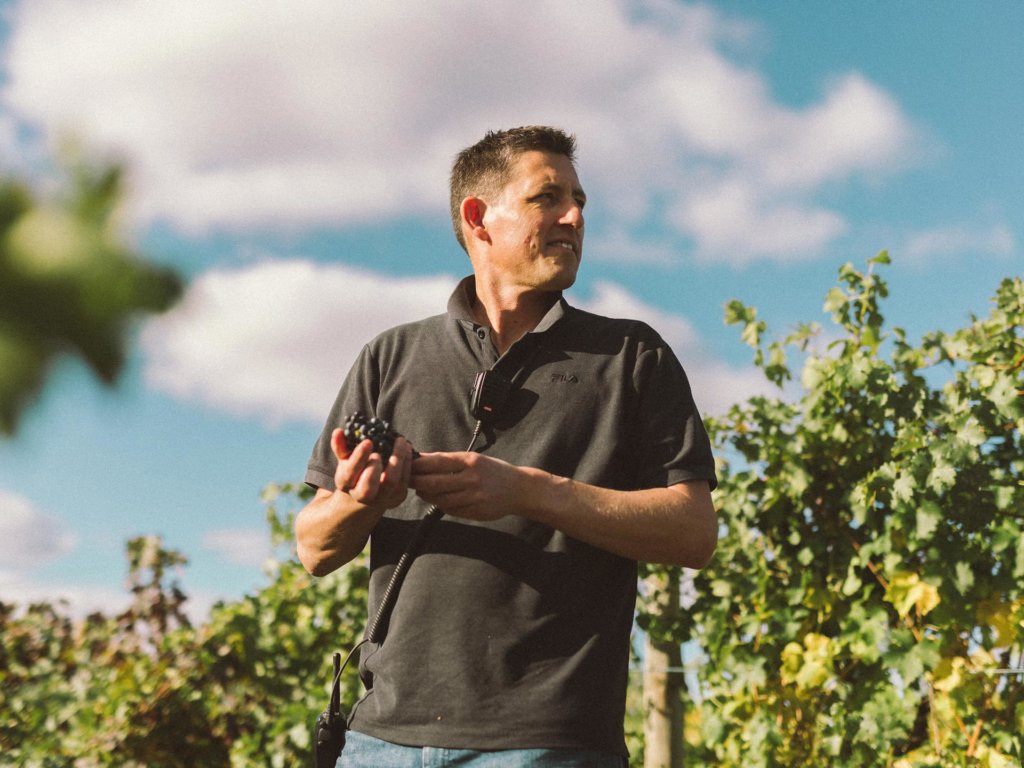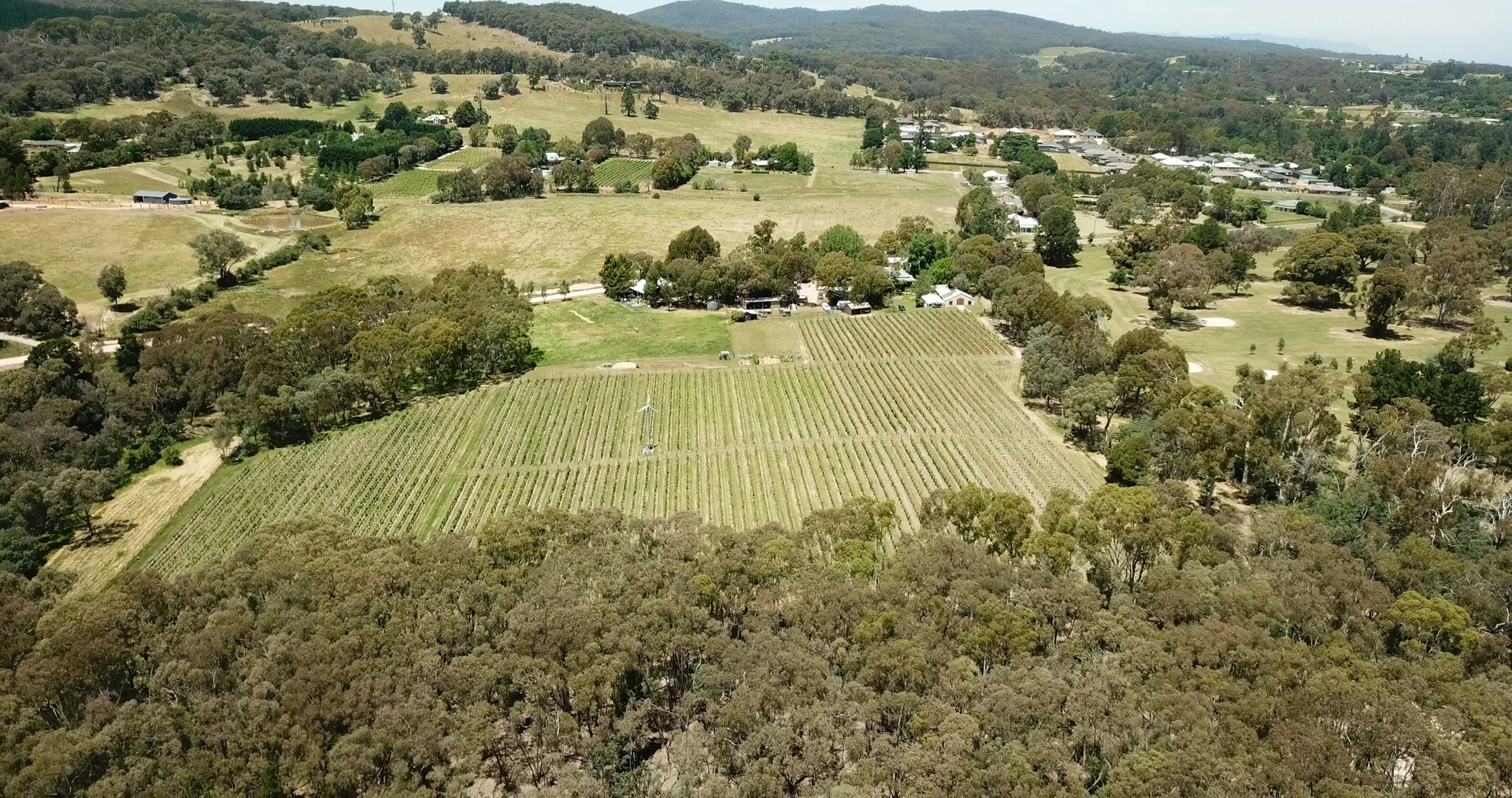The intent of these awards is to shine a light on our best vineyards and give a voice to our best grape growers. These awards are a national initiative with trophies going to outstanding vineyards across the country.
2020 is the inaugural Vineyard of the year Awards...
As winemakers frequently say, “good wine is made in the vineyard.” Through these awards we will reconnect finished wine to the place and the manner in which the grapes are grown. We want to talk about provenance, and the unsung heroes of wine – the viticulturists, the growers, the custodians of the vines who labour at producing the best fruit they can.
Beyond providing recognition to the people who tend the vineyards, these awards are an opportunity to lead change and innovation in the industry, and grow the consciousness of consumers. Vineyards are finely attuned to their environment and can be seen as the ‘canary in the coalmine’ in a changing climate. Vineyards are also intricately linked to communities, and the first link in the chain of producing wine, so they have social and economic impact too. To that end, we are placing sustainability at the heart of these awards by making it the base criterion for entry.

